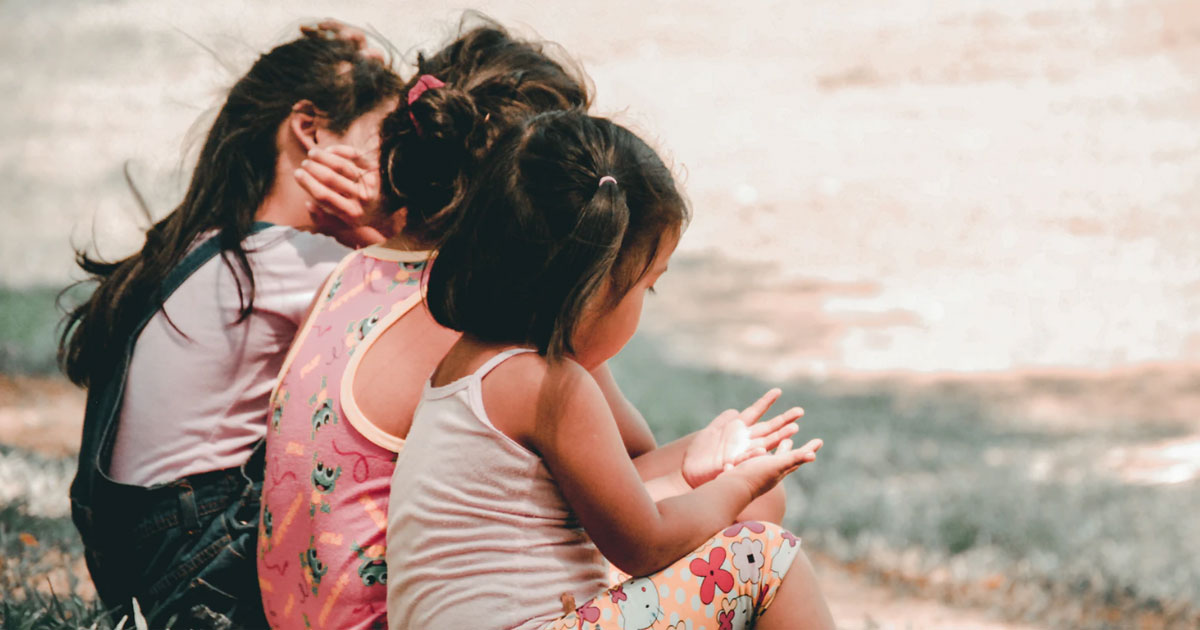The Philippines will not allow tens of millions of children back to school as long as a vaccine for Covid-19 remains unavailable, officials announced on June 8.
The Philippine authorities see the risk of going back to school as too great, even as France and South Korea began resuming face-to-face classes.
The alternative will be to broadcast lessons on television.
Currently, children are generally not allowed outside their homes.
They can only go out to get essentials or head to work.
The drastic measures has produced some unprecedented outcomes.
No school, no graduation
President Rodrigo Duterte said in May that students needed to stay out of school to fight the spread of the disease, even if it means they could not graduate.
Classes are to resume at the end of August and teachers will use distance learning methods via the internet or TV broadcasts where needed, education secretary Leonor Briones said in a statement.
However, barriers exist.
Millions in the Philippines live in poverty and do not have access to computers at home to participate in online classes.
The teacher and the school will have to adjust, Briones said, depending on the availability of communication.
Hundreds of new infections are being detected daily in the Philippines, despite early and strict lockdown measures.
This has resulted in little public opposition to the postponement of face-to-face classes.
School start delayed
Over 25 million primary and secondary students were involved in online enrolment for classes that started earlier this month.
This is a delayed start to the school year, which normally runs from June to April in the Philippines.
Currently, the race for a vaccine is ongoing with no clear indication how soon it will arrive.
British pharmaceutical giant AstraZeneca has said it is "on track" to begin rolling out a vaccine in September if ongoing trials prove successful.
"We will comply with the president's directive to postpone face-to-face classes until a vaccine is available," Briones added.
Top photo via Unsplash
If you like what you read, follow us on Facebook, Instagram, Twitter and Telegram to get the latest updates.
